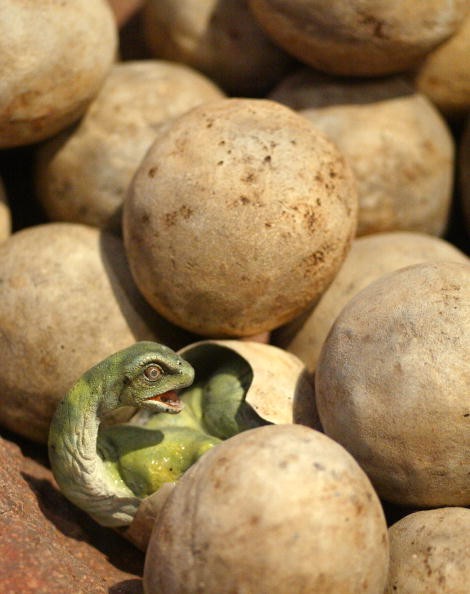New research revealed that the dinosaurs in the past were already in decline before they became extinct, due to the asteroid attack. Scientists believe the species were going extinct faster than new ones appearing.
University of Reading's Manabu Sakamoto revealed in the study posted on the Proceedings of the National Academy of Sciences' official website, the decline had happened for at least 40 million years before the end of the Cretaceous period. He added that the dinosaurs were probably vulnerable due to its slow decline.
The research unveiled that while the dinosaurs flourished from about 220 million years, they suddenly started to stall around 140 million years ago. Then about 90 million years ago, which was 24 million years before the asteroid attack, the dinosaurs had a long-term decline and that made some of its species go extinct faster than new types of dinosaurs being born.
Michael Benton, Chris Venditti, and Sakamoto took a recently published family tree of the dinosaurs, which has 614 species, and modeled the rates of the new species that showed up and the old ones that vanished into extinction. Sakamoto explained that they are counting the speciation events throughout the history of the species, and not its numbers.
Sakamato said that the causes of the decline were unclear since the Cretaceous period was a time of severe environmental change, like strong volcanic activities for many millions of years and the sea levels changed quite often. He added that the species was under stress for a long time, and that might have been the reason for their decline.
Meanwhile, Columbia University graduate student Steve Brusatte has another take on the dinosaur's decline. According to the research that was published online in Nature Communications' official website, the larger dinosaur herbivores were the first species to have a decline, during the last 12 million years of the Cretaceous period. The carnivorous dinosaurs and mid-sized herbivores did not have a decline, due to their geographic location of their habitat.
Furthermore, Brusatte said that there have been a lot of research due to the issues in the history of paleontology, and one of them was about the dinosaurs' extinction and history. With their research, his research team found out that it was probably more complex than just an asteroid impact.
Check out the dinosaurs in decline theory video below:



























